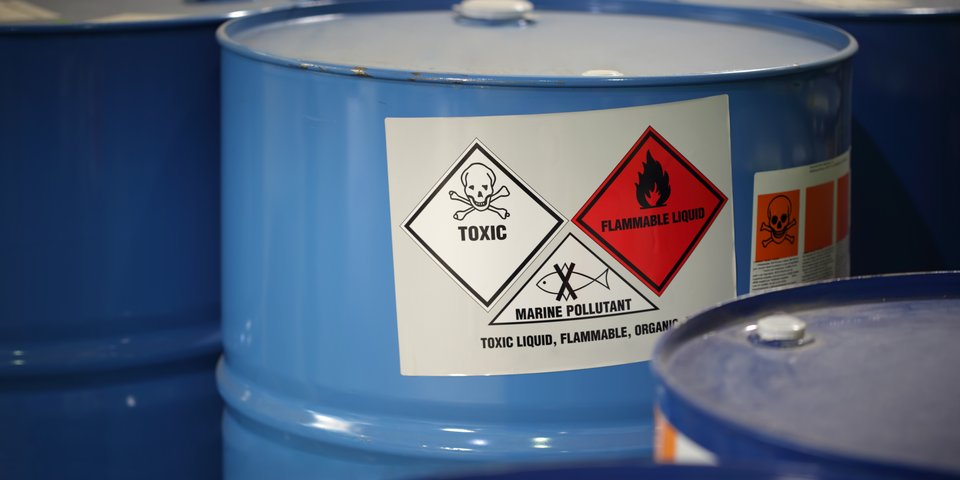 iStockphoto/tunart
iStockphoto/tunartCommission is planning new exposure limits for lead and diisocyanates
New draft directive has been published
JA – 02/2023
The
European Commission announced on 13 February that in order to protect workers, it will be
introducing new workplace exposure limits for harmful chemicals
such as lead and diisocyanates – a raw material used in production of building foam.
Amendments to two directives
Specifically,
the draft
directive proposes amendments to Directive
2004/37/EU on the protection of workers from the risks related to exposure to carcinogens or mutagens at work, such as lead as well as Directive 98/24/EU on the protection of the health and safety of workers from the risks related to chemical agents at work, such as lead and diisocyanates.
Lead and diisocyanates: health risks
These
substances are also used when manufacturing batteries, electric cars and wind
turbines as well as being used as building insulation and they are increasingly
being used during energy transition as well. Lead can affect sexual function,
fertility and foetal development in pregnant women, as well as it having other
adverse effects on the nervous system, kidneys, heart and the blood of
individuals exposed to it. Diisocyanates are often the cause of occupational
respiratory diseases.
Prevention and occupational safety
This
is why the European Commission is planning to further reduce the existing workplace exposure limits and set a maximum permitted concentration of this substance in the air
that workers breathe in. Diisocyanates exposure limits are to be introduced at EU level
for the first time in order to protect workers from being exposed to it.
Healthy and safe workplaces in the EU
The
European Commission's proposed directive aims to help make workplaces healthier and safer and it
follows on from commitments listed in the EU Strategic Framework for Health and
Safety at Work 2021-2027. The Commission invites feedback until 14 April.
